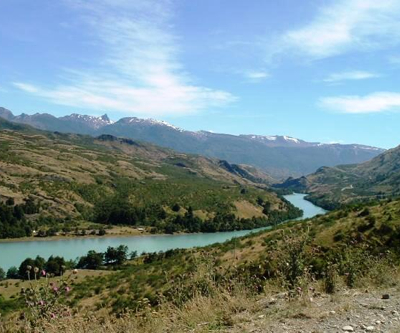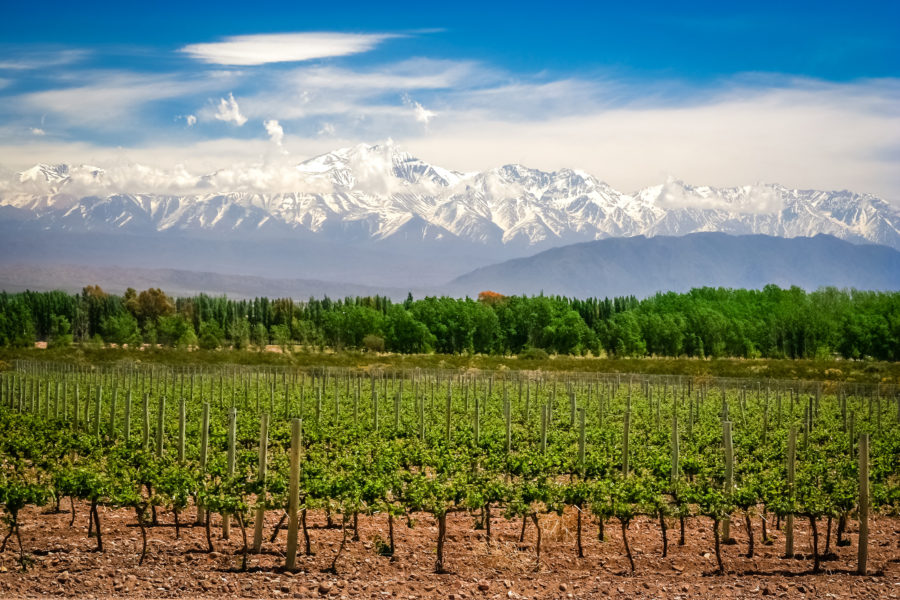Chile’s mining future jeopardized by delay in Patagonia $7 billion dam project

Chile, the top copper producer in the world, will not be able to keep mining for the red metal, gold and other minerals if the country doesn’t find a solution to the pressing energy needs, experts believe.
But recent attempts of solving the problem, such as the construction of the $7 billion dam project HidroAysen to power central Chile, using Patagonian rivers, keep facing the locals’ strong opposition.
Just yesterday, Chilean company Colbun SA, which owns 49% of the HidroAysen venture, announced it will halt the project indefinitely until the government helps create public support for the project, reported local newspaper Diario de Aysen.
Most Chileans disapprove the development, which aims to dam two of the world’s wildest rivers and build more than 1,600 kilometers of power lines between them and the grid that powers Santiago, the nation’s capital.
Several protests and mass marches against HidroAysen have turned violent, jeopardizing mining operations of local and international companies, as it happened to Canadian Mandalay Resources (TSX: MND, MND.WT) last February.
In a statement e-mailed to the press, HidroAysen said its board would review Colbun’s recommendation to suspend environmental impact studies on the power lines, but would continue work approved by the Supreme Court on developing the five dams.
In a mining conference held in Santiago in April, organized by the Centre for Copper and Mining Studies (CESCO), mining industry participants said the nation needed cheaper and more reliable power to mine the country’s vast copper reserves, which comprise a third of the world’s red metal.
Chile’s power matrix has a capacity of 17,000 megawatts and the government aims to add another 8,000 megawatts by 2020. To remain competitive, the country needs to double its energy capacity over the next decade.
Photo: Baker River, in the south of Chile, is one of the streams to be affected by HydroAysen. Wikipedia
{{ commodity.name }}
{{ post.title }}
{{ post.date }}




Comments